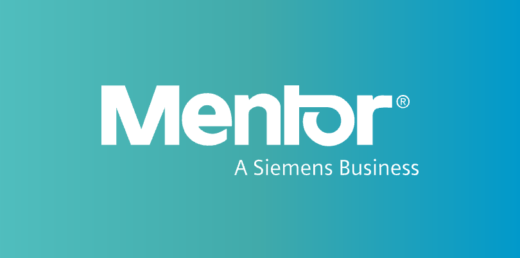I now work for Siemens
My blog posts here mainly focus on technical issues and a I rarely pass comment on “business” matters. But, sometimes, there are events of such significance that comment is necessary. Some time ago, the plan for Mentor Graphics to be acquired by Siemens was unveiled. Over the months, all the necessary procedures have been effected and, last week, came the announcement that the acquisition had been completed.
I have been contemplating the significance of this acquisition to various parties …
For Mentor Graphics [we are now just “Mentor” BTW] as a whole, I surmise that it is good news. The upper management were strongly in favor and the shareholders seemed happy. I do not have enough of a “big picture” view to conclude otherwise.
For the Embedded Systems Division, it looks like very good news. Siemens have singled out a few business areas that they are particularly pleased to be able to develop and embedded software is one of them. I am sure that there will, over time, be changes in focus, but the majority of the team should have a bright future.
For our embedded software customers, I think it is excellent news. Over the last few years, there has been a steady acquisition of embedded software tools and IP companies by chip vendors. Users of those companies’ products may be concerned about their flexibility to work with other devices in the future. Mentor was one of the few remaining “independent” embedded software vendors. That independence now seems to be assured indefinitely.
For me, personally, as I am associated with embedded software, I guess the future looks bright. I certainly have no reasons to think otherwise. In many respects, I will just have to deal with cultural issues. All my slides will need a new logo/template. I suppose that I will soon have a siemens.com email address. I do need to get used to saying that I work for Siemens and figure out how to pronounce it. My knowledge of German suggests that the first “S” should be hard: i.e. “Zee-mens”. However, my US and UK colleagues tend to pronounce it soft: i.e. “See-mens”. Which is right? Some people are confused if you use the unexpected pronunciation and others cannot hear the difference.
There is also the question of scale. Last year, I wrote about Mentor’s history in embedded software and my part in it. This acquisition brings that topic up to date. In 1986, I joined a company with 3 employees in the UK and a couple of dozen in the US – around 30 in total. I now find myself working for a company with significantly over 350,000 employees. That is quite a cultural change, even if it over a 31 year period!
